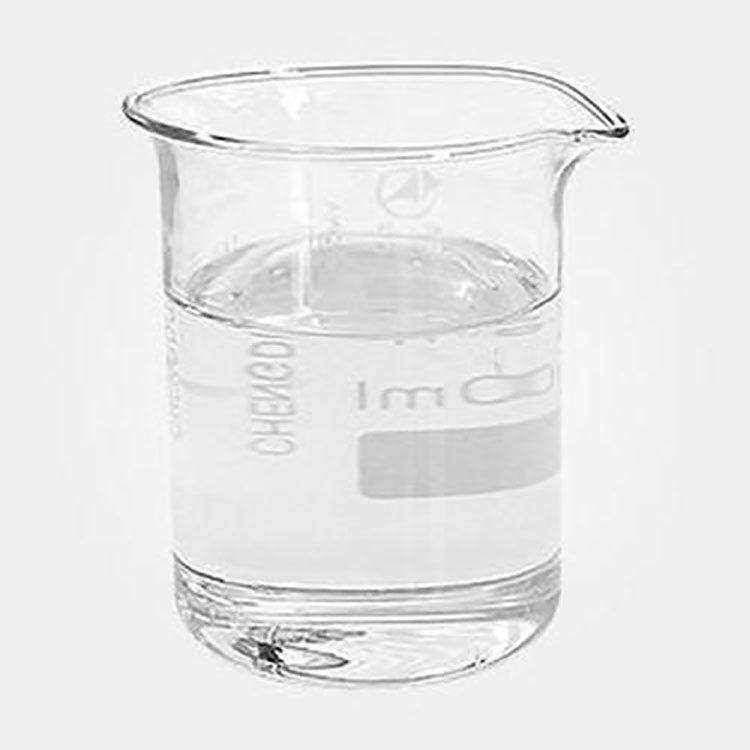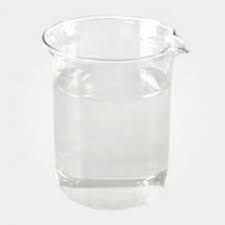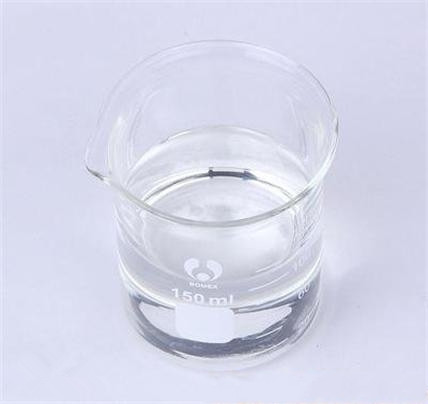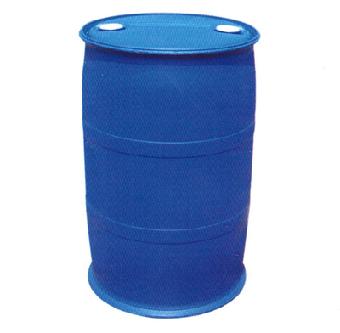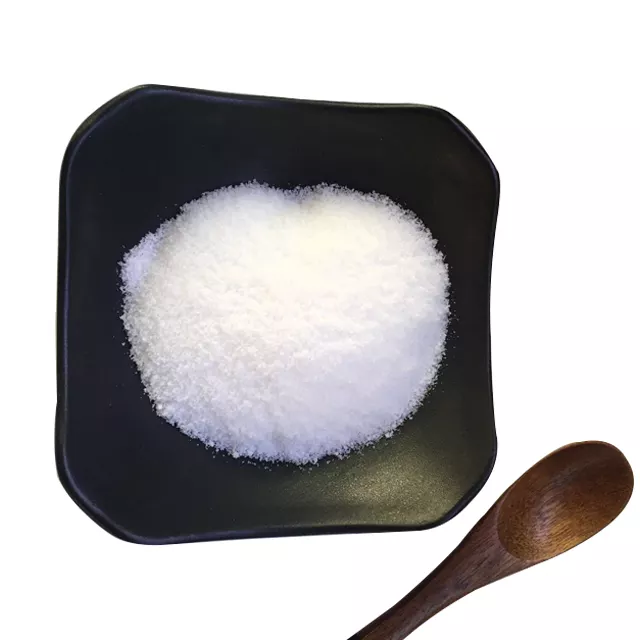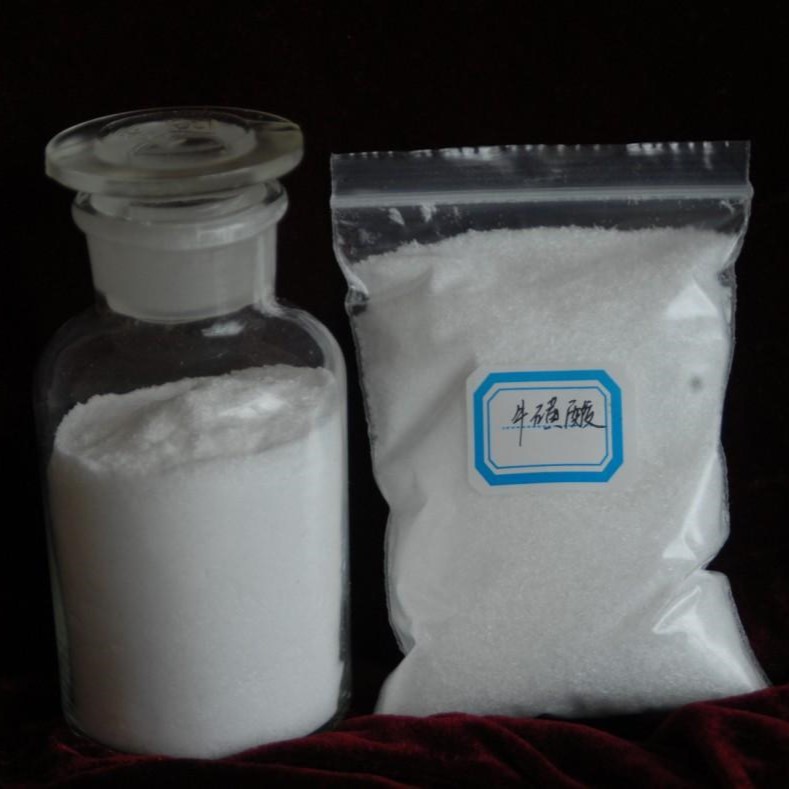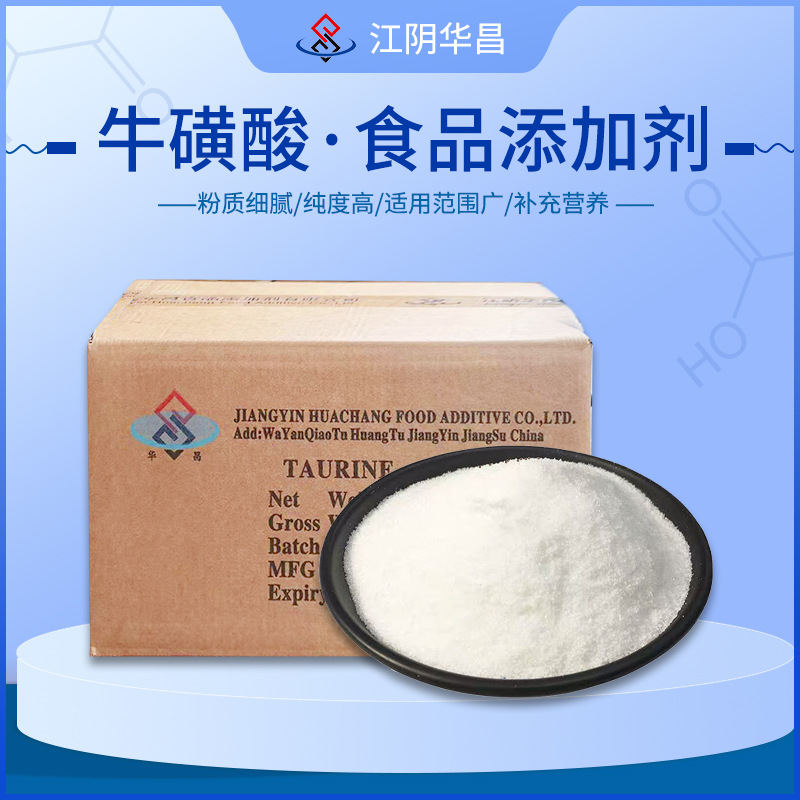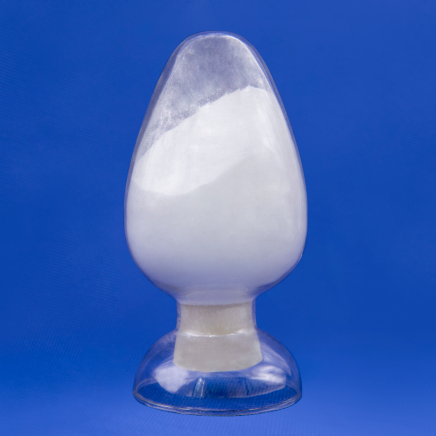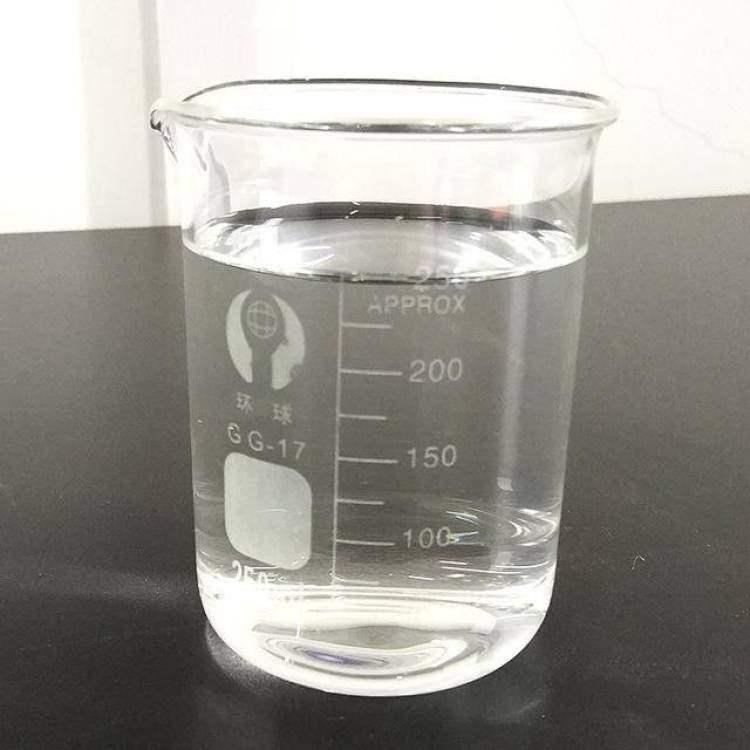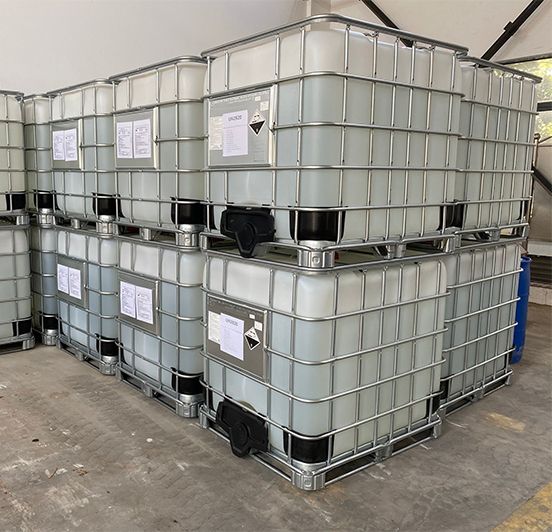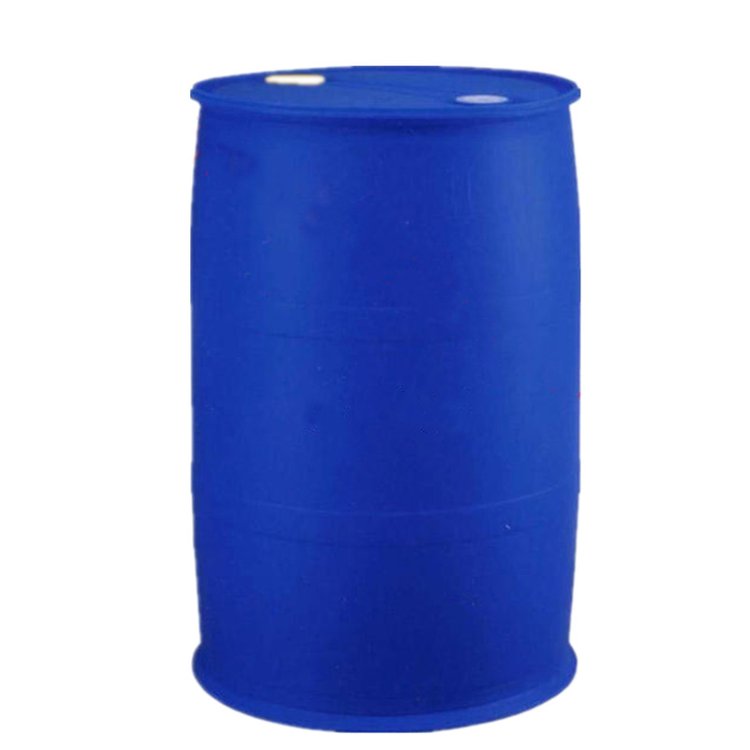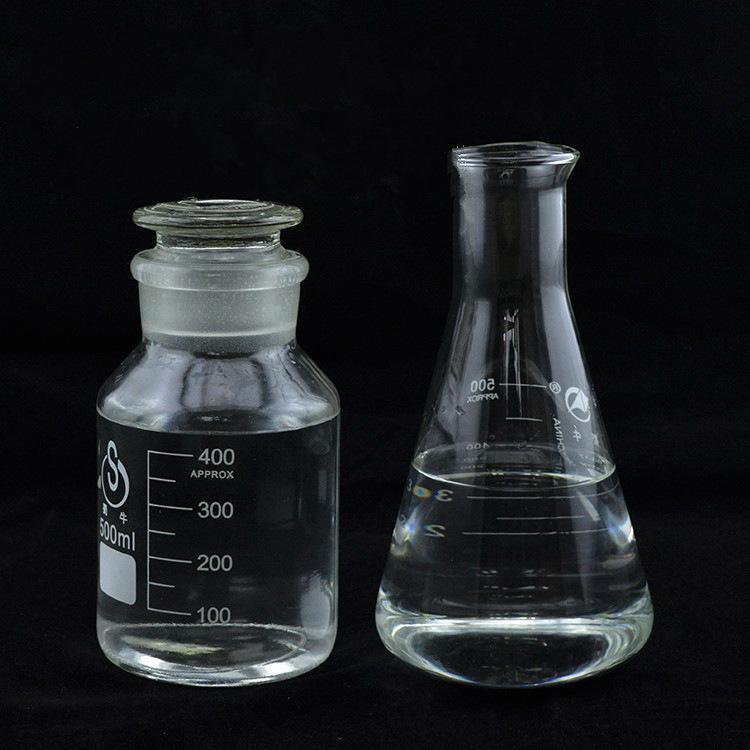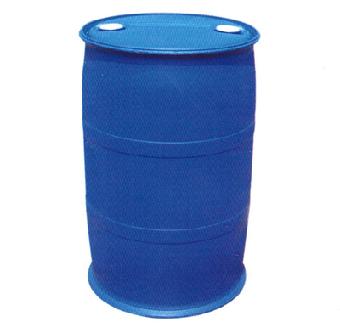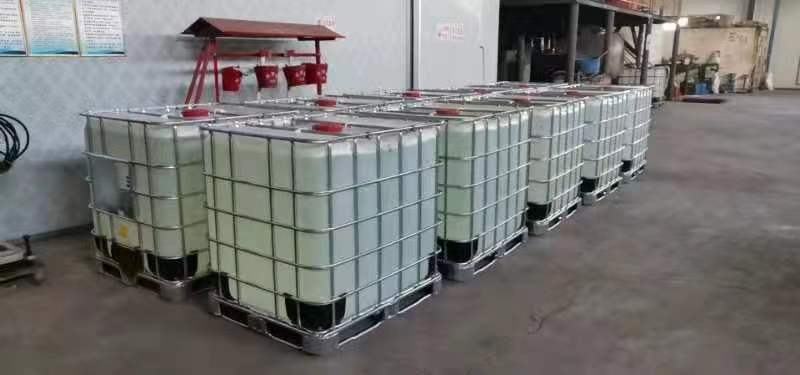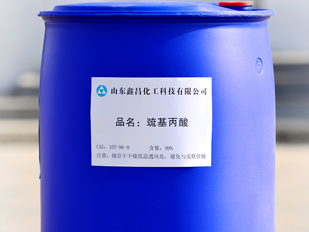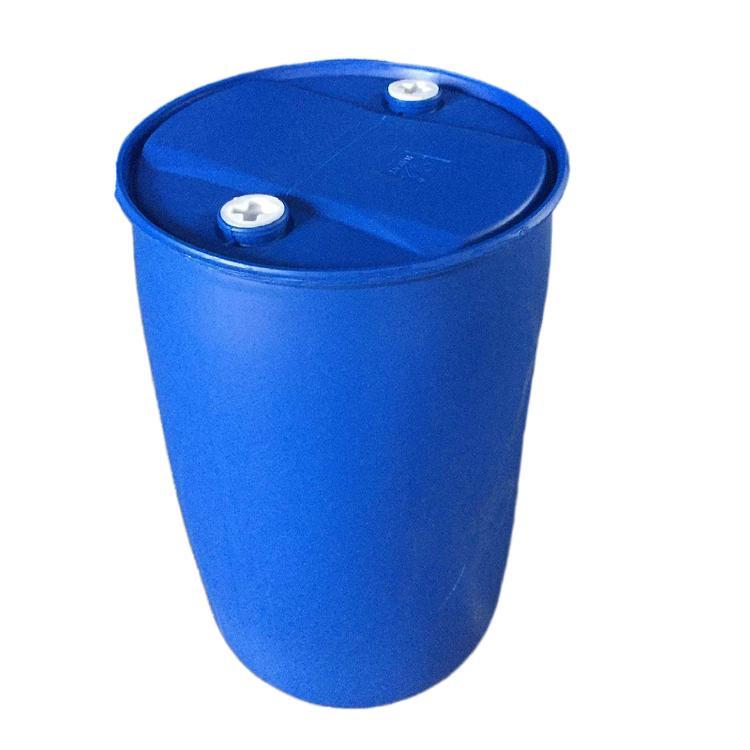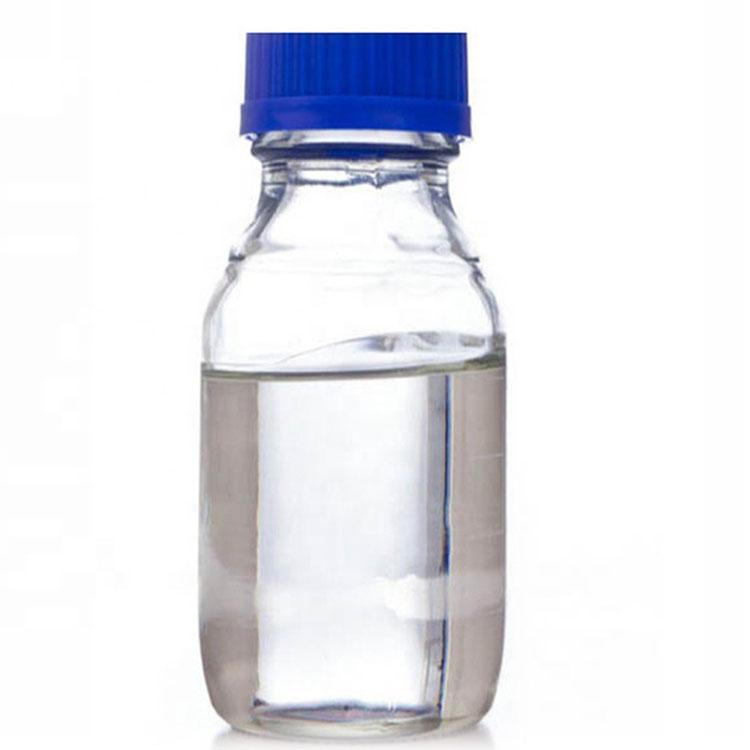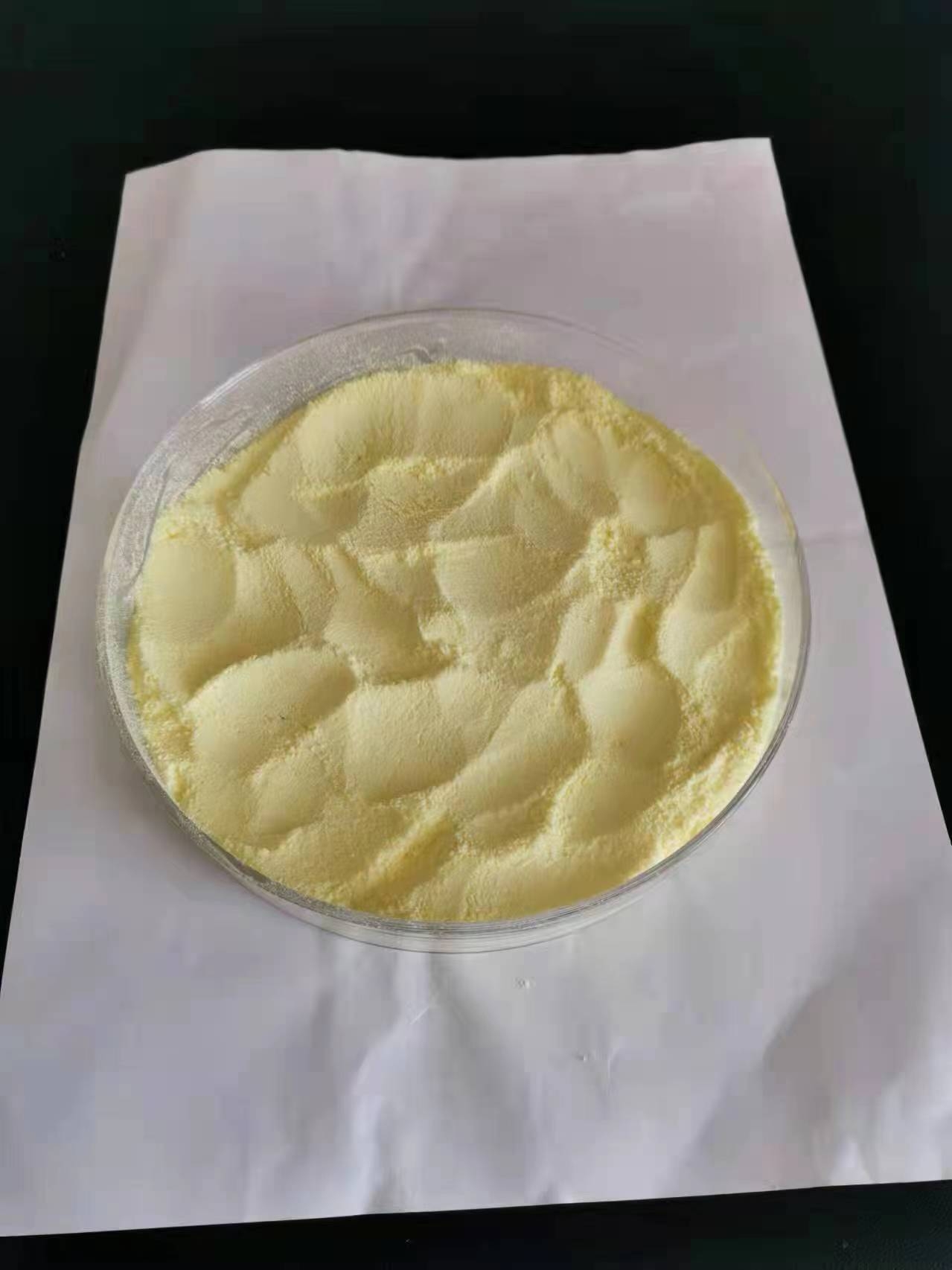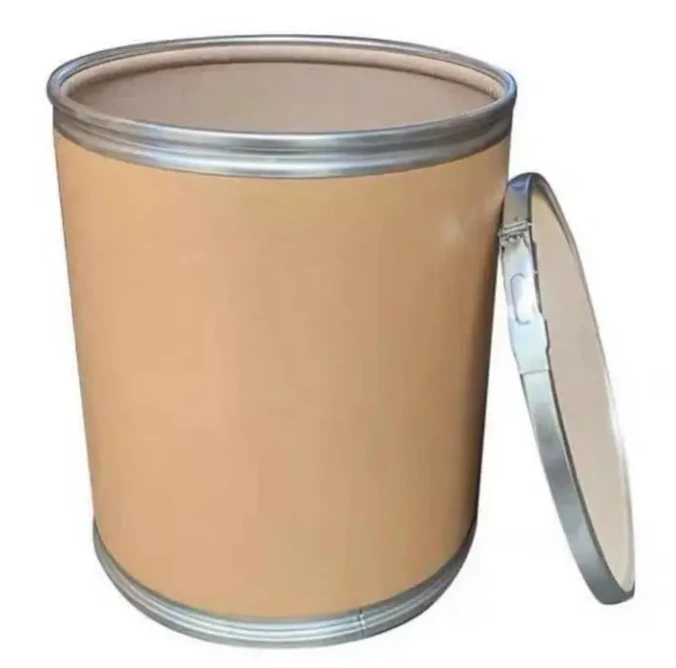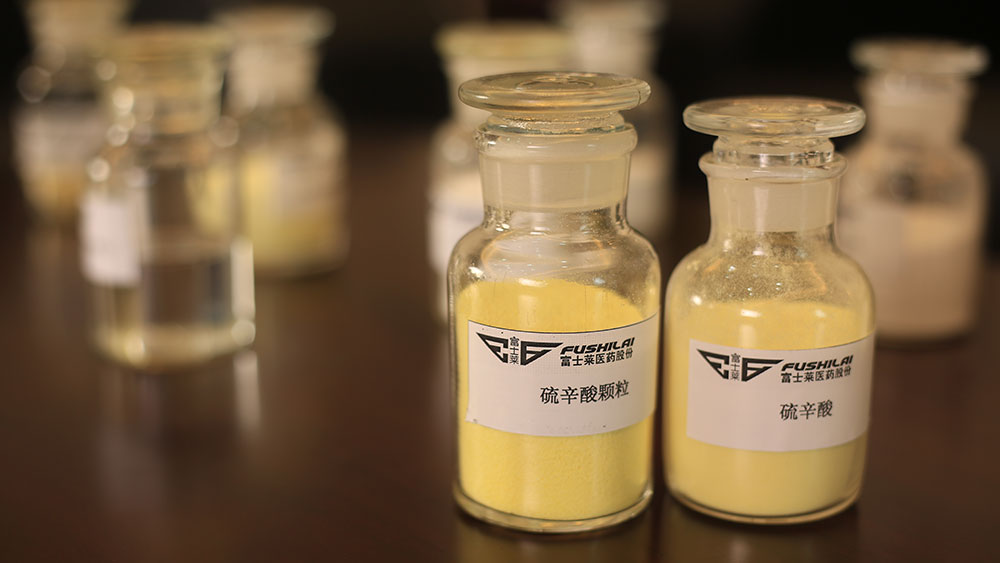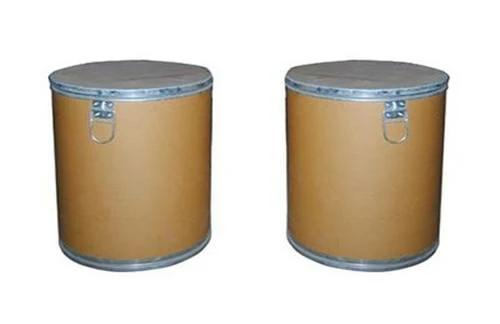API & Intermediate
Pharmaceutical Raw Materials
Veterinary API
Antiallergic Drugs
Hormones and Endocrine Drugs
Drug Metabolism
Pharmaceutical Intermediates
Synthetic Anti Infective Drugs
Specialty Drugs
Vitamins and Minerals Medicines
Feed Drug Additive
Antineoplastic Agents
Nervous System Drugs
Respiratory Drugs
Diagnostic Agents
Anti Stress Drugs
Antipyretic Analgesics
Antiparasitic Drugs
Circulatory System Drugs
Biochemicals
Blood System Drugs
Immune System Medication
Pharmaceutical Excipients
Fluid, Electrolyte, and Acid-Base Balance
Urinary System Drugs
Antibiotics
Anesthetic Agents
Inhibitors
Other Chemical Drugs
Digestive System Drugs
Find
7127
related chemicals for you
CAS:106-43-4
Molecular Formula:C7H7Cl
Alias
More Information
1-Chloro-4-Methylanthraquinone; 4-Methyl-Chlorobenzene; 4-Chloro-1-Methyl-Anthraquinone; P-Tolyl Chloride; 1-Methyl-4-Chlor-Anthrachinon; 9,1-Chloro-4-Methyl; 1-Chloro-4-Methyl-9,10-Anthraquinone; P-Chlorotoluene; 4-Chlor-1-Methyl-Anthrachinon; 9,10-Anthracenedione,1-Chloro-4-Methyl; Para-Chlorotoluene; 1-Chloro-4-Methyl-9,10-Dihydro-9,10-Anthracenedione; Benzene, 1-Chloro-4-Methyl-; 1-Chloro-4-Methylbenzeene; 4-Tolyl Chloride
Brief Introduction
P-chlorotoluene is the intermediate of fenvalerate, Paclobutrazol, Uniconazole, trifluralin, chlorpyrifos, and so on. It can also be used to produce p-chlorobenzaldehyde, which is used as dye and pharmaceutical intermediate. The p-chlorobenzoyl chloride is the intermediate of xiaoyantong, and the p-chlorobenzoic acid is the raw material of dye and textile finishing agent.
Suppliers
View More Vendors (5) >
CAS:107-35-7
Molecular Formula:C2H7NO3S
Alias
More Information
2-Aminoethylsulfonic Acid; 2-Aminoethanesulfonic Acid; L-Taurine; β-Taurine; beta-Taurine; 2-Aminoethane Sulfonic Acid; Tauphon; Aminoethanesulfonic Acid; β -Taurine; Tacholic acid; Tacholin; Tatu; Taukard; 2-Sulfoethylamine; Taufon; Turin; O-Due; Taurin; Taurine Powder; Taurine USP
Brief Introduction
Taurine is a kind of nonprotein amino acid. As a nutritional enhancer, it is beneficial to the brain development, nerve conduction, visual function improvement, calcium absorption and lipid digestion and absorption of infants. It is a kind of amino acid with special physiological function in human body. It was first found in the bile of male cattle. It can be used not only in medicine, but also in food and other industries.
Suppliers
View More Vendors (5) >
CAS:107-92-6
Molecular Formula:C4H8O2
Alias
More Information
Butyric Acid; Butanoic Acid
Brief Introduction
Butyric Acid is a saturated short-chain fatty acid with a 4-carbon backbone. Butyric acid is commonly found in esterified form in animal fats and plant oils.
Butyric acid appears as a colorless liquid with a penetrating and unpleasant odor. Flash point 170°F. Corrosive to metals and tissue. Density 8.0 lb /gal.
Butyric acid is a straight-chain saturated fatty acid that is butane in which one of the terminal methyl groups has been oxidised to a carboxy group. It has a role as a Mycoplasma genitalium metabolite and a human urinary metabolite. It is a straight-chain saturated fatty acid and a fatty acid 4:0. It is a conjugate acid of a butyrate.
Suppliers
View More Vendors (5) >
CAS:107-96-0
Molecular Formula:C3H6O2S
Alias
More Information
3-MPA; 3-Thiopropion Acid; Thiohydracrylic Acid; 3MPA; beta-Mercaptopropionic acid; B-Thiopropionic Acid; 3-Mercaptopropionic; 3-Sulfanylpropanoic Acid; 3-Thiopropionic Acid; Thiopropionic Acid; 3-Mercapto-Propionic Acid; Propanoic Acid, 3-Mercapto-; 3-Mercapto-Propionicaci; 3-Thiopropionicacid; Acidemercapto-3Propionique; Beta-Mercaptopropanoicacid
Brief Introduction
3-Sulfanylpropanoic acid is an intermediate of fenalo and a stabilizer of PVC. Like thioglycolic acid, it can be used in transparent products with excellent thermal stability and superior to other stabilizers. It is also used as antioxidant, catalyst and biochemical reagent.
Suppliers
View More Vendors (5) >
CAS:1077-28-7
Molecular Formula:C8H14O2S2
Alias
More Information
Alpha Lipoic Acid; DL-Thioctic Acid; Thioctic Acid; Alpha-Lipoic Acid; Thiotic ACID; A-Lipoic Acid; DL-α-Lipoic acid; 6,8-Dithiooctanoic acid; Lipoic Acid; 5-(1,2-Dithiolan-3-Yl)Pentanoic Acid; Dl-Alpha-Lipoic Acid; 1,2-Dithiolane-3-Pentanoic Acid; Thioctacid; Alpha Lopic acid Capsule; Alpha Lipoico acid; food Grade Alpha Lipoic acid; Alpha Lopic Acid
Brief Introduction
This product is a vitamin medicine, which can stimulate fat metabolism. It is used for the treatment and curative effect of acute and chronic hepatitis, cirrhosis, hepatic coma, fatty liver and diabetes.
Suppliers
View More Vendors (5) >
Inquiry (
10
/ 10
)
Clear All
You can inquire for up to 10 products at a time
Sign In
Error!

